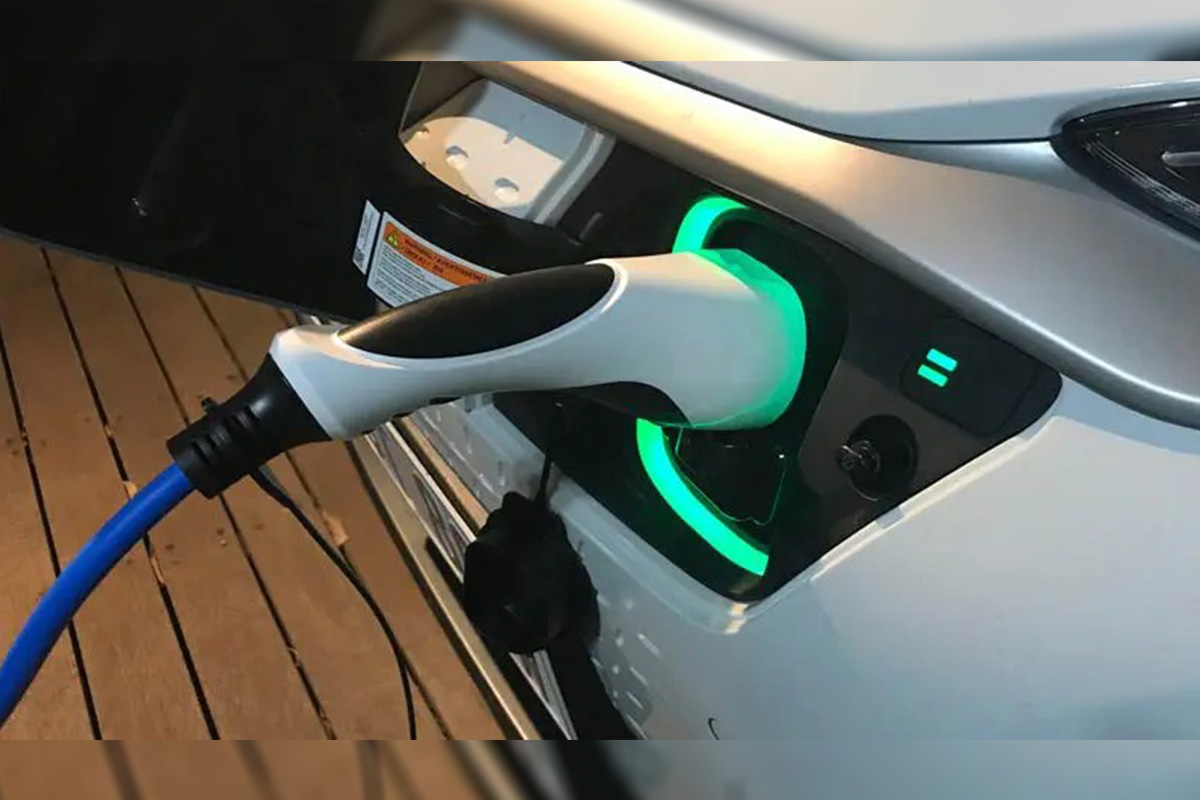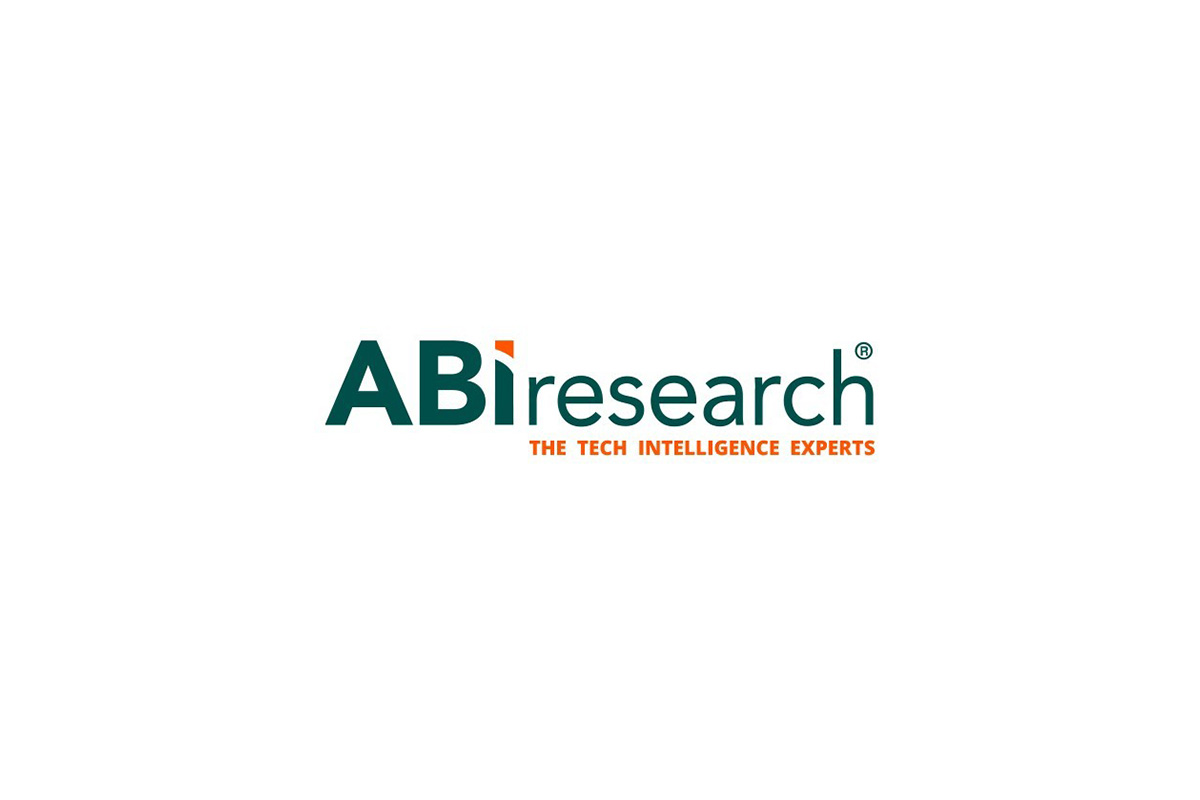Many regions worldwide are seeing a sharp rise in instant issuance activity from a physical and digital perspective, from both traditional and neo and challenger banks. Customers increasingly demand instant access to banking services, with physical instant issuance enabling them to leave their branch equipped with a ready-to-go payment card. According to a new report by global technology intelligence firm ABI Research, the worldwide market for instantly issued physical payment cards will increase from 243.2 million shipments in 2022 to a forecast of 471.1 million in 2027.
“Critically, instant issuance of payment cards is no longer limited to the physical. Indeed, the growing digitization of payments, increasing data security, shifting nature of business spending patterns stemming from the pandemic, and educating around their advantages is causing instantly issued digital-first payment cards to gain traction in both consumer and business sectors rapidly,” says Sam Gazeley, Digital Payment Technologies Analyst at ABI Research. “New neobanks are providing an agile and flexible approach to banking by offering compelling and innovative digital-first solutions.”
The payments market is converging with other smart card verticals related to ticketing and access control in markets like retail, travel, and education. “This is driving new entrants into the payments market by players for which instant issuance experience is already common. However, ABI Research believes that neither the physical nor the digital side of the market is taking share from the other at this point, and they are not expected to become competitive over the forecast period ending in 2027,” Gazeley explains.
Phygital banking is a clear and emerging payment and banking trend. Combining the separate physical and digital offerings into an interconnection of incumbent and digital business services opens an experience that places the customer at the top of mind. The resulting customer journey across various banking channels, both physical and digital, enables financial institutions to future-proof their relationships with their users and, as it relates to traditional banks, can remain in competition against neo and challenger banks through their respective customer acquisition strategies.
These findings are from ABI Research’s Physical and Digital Instant Issuance: Migrating to a “Phygital” Experience application analysis report. This report is part of the company’s Digital Payment Technologies research service, which includes research, data, and ABI Insights. Based on extensive primary interviews, Application Analysis reports present in-depth analysis on key market trends and factors for a specific technology.











